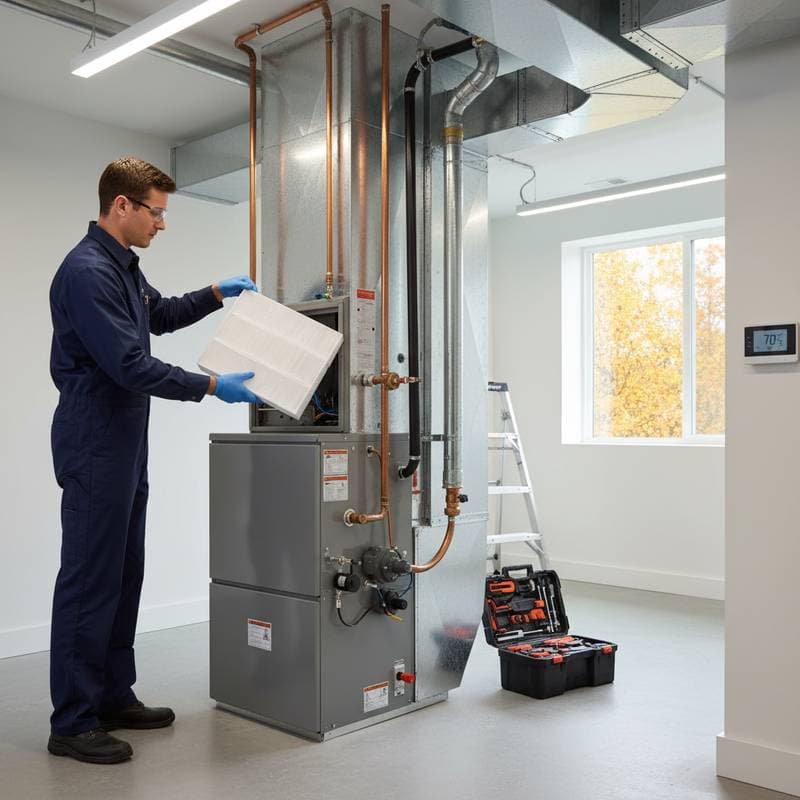Termite Damage: Warranty or Insurance Coverage?
Termite damage ranks among the most challenging issues homeowners encounter. Infestations often remain undetected until significant structural harm occurs, unlike more obvious problems such as burst pipes or storm damage. Homeowners frequently wonder if a home warranty or homeowners insurance will address repair costs. Coverage hinges on policy specifics, the nature of the damage, and prior preventive actions.
Understanding Termite Damage and Its Hidden Costs
Termites consume cellulose-based materials, including wooden beams, subfloors, and even the paper backing on drywall. This gradual process weakens structures from within while leaving exteriors deceptively intact. Homeowners may face costs ranging from basic fixes to comprehensive rebuilds.
Repair expenses depend on the infestation's extent:
- Minor cosmetic work, like replacing baseboards or trim, typically costs $500 to $2,000.
- Structural fixes, such as reinforcing beams or subfloors, range from $3,000 to $10,000.
- Full remediation, encompassing extermination and reconstruction, can exceed $25,000 in advanced cases.
These figures underscore the need to clarify coverage boundaries between warranties and insurance policies early.
What a Home Warranty Covers
A home warranty functions as a service agreement for repairing or replacing major systems and appliances due to normal wear. Such plans address mechanical breakdowns but seldom include pest-related issues like termites. Providers occasionally extend optional add-ons for pest control.
These add-ons might cover annual inspections, initial treatments, or limited repairs if termites appear within the policy term. Coverage emphasizes prevention over post-damage restoration. Pre-existing damage from before the warranty's start date remains excluded.
Reviewing policy details requires minimal effort but yields clarity. Expect to spend one to two hours examining documents and consulting the provider for explanations.
When Homeowners Insurance Might Help
Homeowners insurance protects against sudden, unforeseen events like fires, storms, or theft. Termite damage qualifies as progressive deterioration, akin to neglect, so insurers exclude it from standard coverage. Policies treat infestations as maintenance responsibilities.
Exceptions arise in cases of secondary effects. For instance, if weakened termite-damaged wood leads to a collapse that sparks a fire or floods a room, the insurer may cover those resulting damages. The original termite activity stays uncovered.
Key points include:
- Coverage applies to losses from perils indirectly linked to termites.
- Direct treatment or damage repairs fall outside scope.
- Insurers might assess partial claims if moisture from a covered event, such as a storm-induced leak, contributed to the infestation.
The Role of Termite Bonds and Service Warranties
Pest control firms provide termite bonds as specialized warranties. These agreements ensure ongoing inspections and treatments. If termites return, the provider retreats the property and may repair subsequent damage.
Bonds come in two primary forms:
- Re-treatment bonds, which handle renewed infestations without repair costs.
- Repair bonds, which include both treatments and damage fixes arising after issuance.
Annual fees for bonds generally span $300 to $800, scaled to home size and location risk. In termite-prone areas, this investment often proves more economical than potential repair expenses.
Comparing Warranty, Insurance, and Bonds
| Coverage Type | Primary Focus | Termite Treatment | Termite Damage Repairs | Annual Cost Range |
|---|---|---|---|---|
| Home Warranty | Systems and appliances | Rarely included | Usually excluded | $400–$800 |
| Homeowners Insurance | Sudden, accidental losses | Not covered | Only indirect damage | $1,000–$2,500 |
| Termite Bond | Pest prevention and treatment | Covered | Sometimes included | $300–$800 |
This table highlights gaps in single policies. Layering preventive bonds with targeted warranty options minimizes exposure to financial risks.
Steps to Take If You Discover Termite Damage
Immediate action limits further harm. Begin by engaging a certified pest control expert for a thorough inspection to confirm termites as the culprit.
Follow these steps:
- Document the damage with high-resolution photos of affected areas, alongside professional inspection reports and contractor estimates.
- Examine your homeowners insurance and warranty documents for relevant clauses.
- Reach out to providers with detailed questions about potential exclusions or partial coverage.
- Initiate treatment promptly to halt progression, regardless of coverage status.
- Secure bids from at least two licensed contractors specializing in termite repairs.
Comparing quotes often reveals variations exceeding 25 percent, influenced by local labor rates and material choices.
Preventing Future Infestations
Proactive measures form the strongest barrier against termites. Focus on moisture control and routine checks to deter colony establishment.
Implement these strategies:
- Arrange annual professional inspections, ideally during dry seasons for optimal access.
- Ensure crawl spaces feature adequate ventilation and grading to divert water away from foundations.
- Position firewood stacks and mulch piles at least 18 inches from home exteriors.
- Address leaks in roofs, plumbing, or irrigation systems within 48 hours of detection.
- Opt for pressure-treated or borate-infused wood in new constructions like decks or fences.
Such habits not only reduce infestation risks but also strengthen future insurance claims by proving diligent upkeep.
When to Call a Professional
Homeowners should avoid over-the-counter remedies for confirmed infestations. These products target visible activity but fail to penetrate hidden nests in walls or soil.
Licensed professionals deploy targeted termiticides and monitoring tools for effective, lasting results. Seek expert help upon observing:
- Wood that sounds hollow when knocked.
- Mud tunnels climbing foundation exteriors.
- Swarmer wings scattered near light sources.
- Blistered paint, uneven floors, or frass (termite droppings) in hidden spots.
Prompt intervention curbs escalating expenses and preserves structural integrity.
Building Long-Term Protection
After addressing an infestation, commit to vigilant monitoring. Advanced systems, such as in-ground sensors or bait stations, provide early warnings of renewed activity.
Retain all records of inspections, treatments, and repairs for reference. These documents bolster home value during sales and support any subsequent coverage disputes.
Effective termite management integrates bonds, warranties, and maintenance routines. Homeowners who prioritize detection and response safeguard their properties and budgets against unseen threats.





